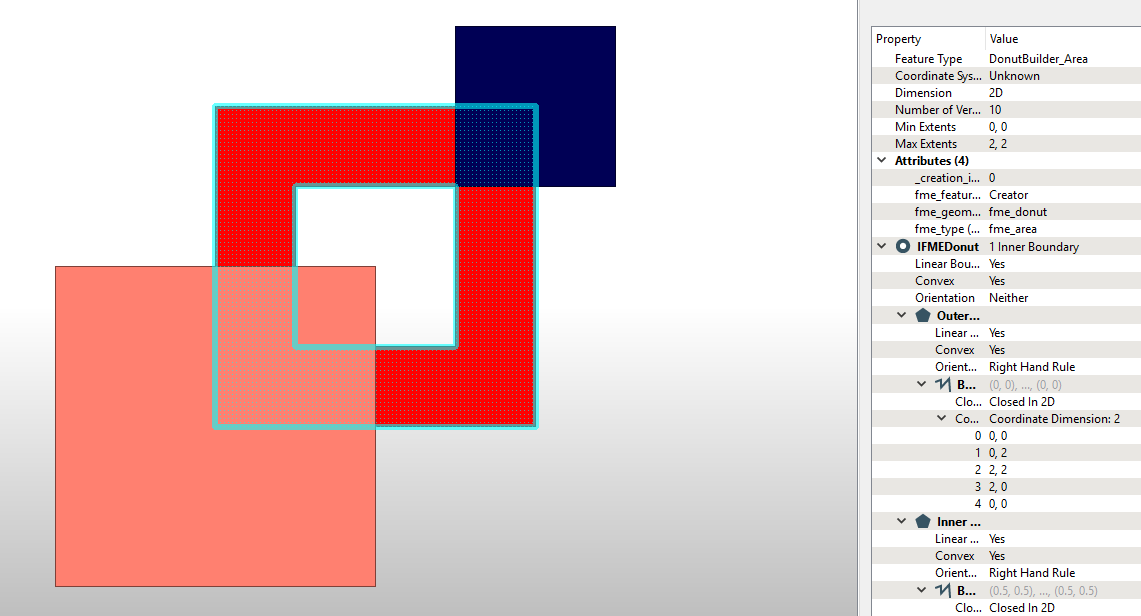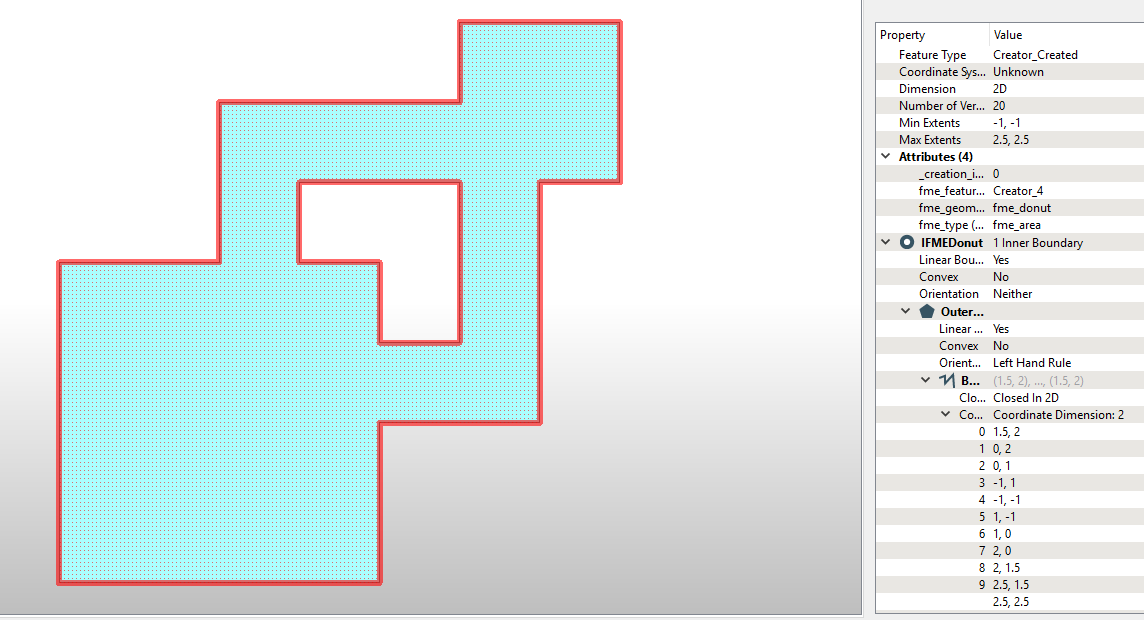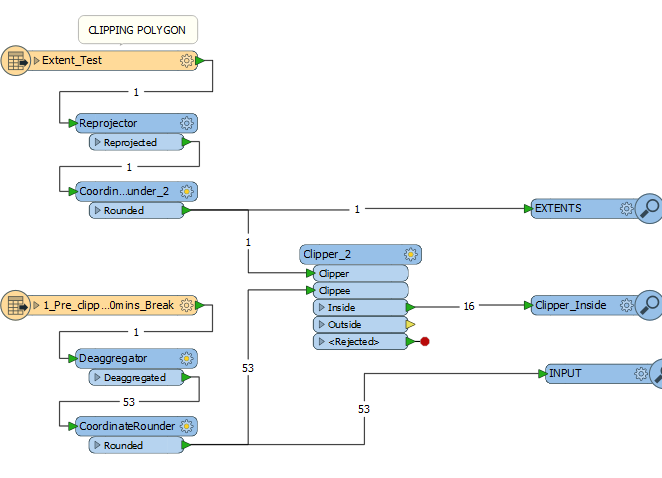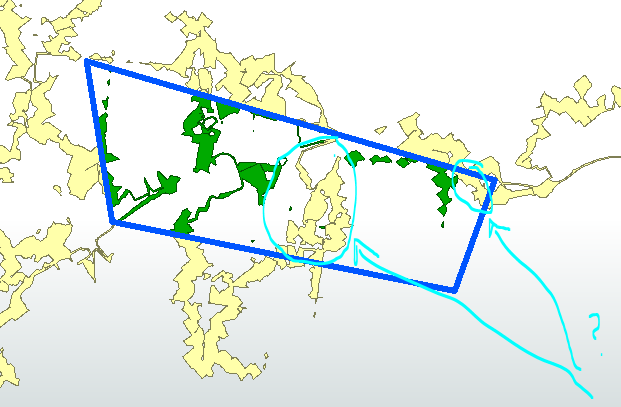Hi @claudian, in my experiences, it's sure that there are cases where the Dissolver couldn't work as expected when many input areas (not only donuts) overlaps and there are tiny gaps between their boundaries. Depending on the data condition, the Snapper (Snapping Type: Segment Snapping) could be a workaround to resolve the gaps and then make the subsequent Dissolver work fine. However, it could also take a long time to perform the snapping process. It requires trial and error with the actual dataset.

Hope this helps.












 Yellow = Input
Yellow = Input